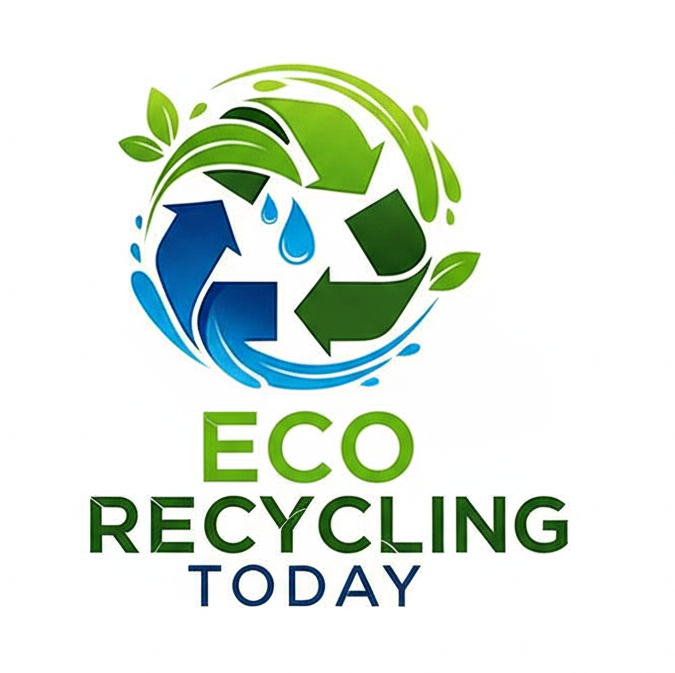PET bottle recycling plays a crucial role in reducing plastic waste and promoting sustainability. At the heart of this process is the PET bottle recycling washing line, a system designed to clean, sort, and prepare used plastic bottles for reuse. Whether you're new to plastic recycling or planning to invest in equipment, understanding how a PET washing line works can help you make informed decisions.
We’ll walk you through the step-by-step process of a PET bottle washing line, highlight key components, and explain why it’s essential for producing high-quality PET flakes.

What Is a PET Bottle Recycling Washing Line
A PET (Polyethylene Terephthalate) bottle washing line is a series of machines and processes that remove labels, caps, dirt, and other contaminants from used PET bottles. The result? Clean, high-quality PET flakes ready for pelletizing or direct use in manufacturing.
These systems are commonly used in:
- Plastic recycling plants
- Waste management facilities
- Environmental sustainability projects
- PET flake production lines for packaging or textiles
Step-by-Step Process of a PET Bottle Washing Line
1. Bottle Collection and Sorting
Recycling starts with collecting used PET bottles from waste streams such as households, commercial centers, or landfills. The bottles are manually or automatically sorted to separate PET from other plastics like HDPE or PVC.
2. Label and Cap Removal
Most PET bottles come with plastic caps (usually HDPE) and glued-on labels. These must be removed to ensure purity:
- Label Removers use friction or blades to detach labels.
- Cap Separators exploit the different material densities to separate PET from HDPE.
3. Pre-Washing
The bottles enter a pre-washer to remove surface dirt, sand, and light organic material. Heated water or steam may be used to loosen adhesives and residues.
4. Crushing (Size Reduction)
Cleaned bottles are fed into a crusher or granulator, reducing them into small flakes. This size reduction helps in the efficient removal of contaminants and makes drying easier.
5. Hot Washing
Hot washing is one of the most critical steps. PET flakes are soaked and scrubbed in hot alkaline water, which dissolves glue, grease, and stubborn residues.
6. Friction Washing
Using friction washers, high-speed paddles scrub the flakes to remove any remaining contaminants.
7. Floating Separation (Sink-Float Tank)
This step uses water to separate PET flakes from HDPE or PP caps. Since PET sinks and HDPE floats, this process efficiently separates different plastics.
8. Drying
Clean flakes are then dried using a centrifugal dryer or thermal dryer to remove moisture. Some systems achieve moisture levels below 1%, ideal for further processing.
9. Final Inspection and Packaging
Finally, the dry PET flakes go through a quality control check before being packed and stored for sale or further processing.
Why Use a PET Bottle Washing Line?
Here are some key benefits:
- Reduces contamination for higher-quality PET flakes
- Increases recycling efficiency
- Saves labor through automation
- Enhances sustainability by reducing waste to landfill
- Improves resale value of recycled PET
Applications of Clean PET Flakes
After washing, PET flakes can be used to:
- Produce recycled PET (rPET) pellets
- Manufacture fiber for textiles
- Create new PET bottles and containers
- Make strapping materials and sheets
Investing in a PET bottle recycling washing line is not only environmentally responsible but also economically viable. With growing demand for recycled materials, having a reliable washing system ensures your recycling operation produces high-quality output.
